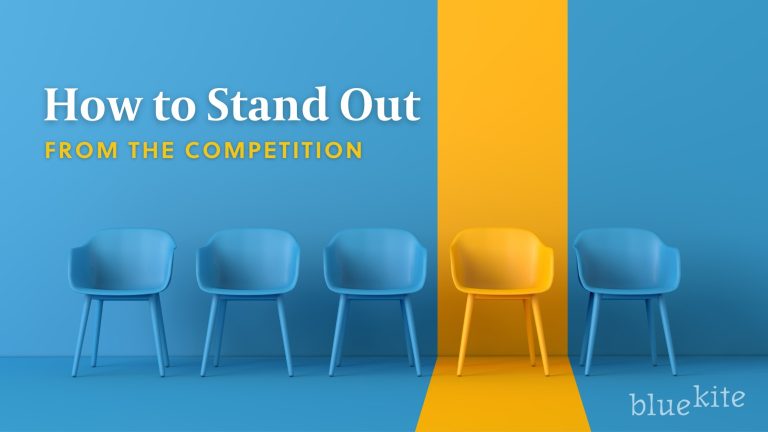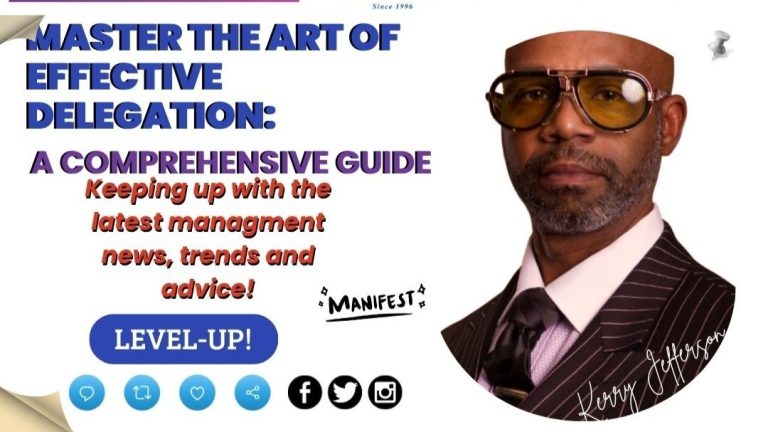Why Most Strategy Is Just Guesswork
Strategy is often presented as a precise, calculated roadmap—a confident declaration of where a business is headed and how it will get there. But beneath the polished decks and bulletproof frameworks, most strategy is, in truth, a form of guesswork. It’s educated, informed, and sometimes inspired, but it’s still a projection built on assumptions, incomplete data, and a healthy dose of hope. The world moves too fast, markets shift too unpredictably, and human behavior remains too complex for any strategy to be entirely certain. What looks like clarity is often just a snapshot of belief at a particular moment in time.
This doesn’t mean strategy is useless. It means we need to rethink how we approach it. The problem arises when strategy is treated as a fixed truth rather than a living hypothesis. Businesses spend months crafting elaborate plans, only to find that by the time they’re ready to execute, the conditions have changed. Competitors pivot, customer preferences evolve, and technologies disrupt. The strategy, once sharp and compelling, starts to feel brittle. What was once a confident direction becomes a constraint. And yet, many organizations cling to it, mistaking commitment for discipline.
The reality is that most strategic decisions are made with limited visibility. Leaders rely on historical data, market trends, and intuition, but none of these offer guarantees. Forecasts are guesses dressed up in charts. Competitive analyses are snapshots of a moving target. Even customer insights, while valuable, are often filtered through bias and interpretation. Strategy, then, becomes a bet—a thoughtful one, ideally, but still a bet. The best leaders understand this. They don’t pretend to know everything. Instead, they build strategies that are flexible, iterative, and open to revision.
One of the reasons strategy feels like guesswork is that it’s often disconnected from the ground. Executives in boardrooms make decisions based on abstractions, while the reality of the business plays out in conversations with customers, in frontline operations, and in the unpredictable rhythms of the market. When strategy is divorced from lived experience, it loses its grip. It becomes a theory rather than a tool. Businesses that thrive tend to close this gap. They treat strategy as a conversation, not a command. They listen, adapt, and evolve in response to what’s actually happening.
There’s also a psychological dimension to strategic guesswork. Humans crave certainty, especially in high-stakes environments. Strategy offers the illusion of control—a way to tame complexity and reduce ambiguity. But this illusion can be dangerous. It can lead to overconfidence, tunnel vision, and resistance to change. When leaders believe too strongly in their strategy, they may ignore warning signs, dismiss dissenting voices, or double down on failing initiatives. The humility to admit “we don’t know” is rare, but it’s often the most strategic move of all.
The most effective strategies are those that embrace uncertainty. They’re not rigid plans—they’re adaptive frameworks. They provide direction without dictating every step. They allow for experimentation, learning, and course correction. This approach requires a shift in mindset. Strategy becomes less about prediction and more about preparation. It’s not about having the right answer—it’s about asking the right questions and being ready to respond. Businesses that operate this way tend to be more resilient. They don’t just survive change—they use it as fuel.
Startups often embody this spirit. With limited resources and high uncertainty, they can’t afford to over-plan. They test, learn, and pivot. Their strategies are lean, dynamic, and grounded in reality. Larger organizations can learn from this. Instead of treating strategy as a once-a-year exercise, they can make it a continuous practice. They can build feedback loops, encourage experimentation, and empower teams to make decisions close to the action. This doesn’t mean abandoning structure—it means designing it to flex.
Even the language of strategy can be misleading. Terms like “vision,” “mission,” and “goals” suggest clarity and permanence. But in practice, these elements are often fluid. A company’s vision may evolve as it learns more about its impact. Its mission may shift in response to societal changes. Its goals may be revised based on new opportunities or constraints. Treating these elements as sacred can limit growth. Treating them as dynamic can unlock it.
Ultimately, acknowledging that most strategy is guesswork doesn’t weaken its value—it strengthens it. It invites humility, curiosity, and adaptability. It encourages leaders to listen more, to test more, and to learn faster. It shifts the focus from being right to being responsive. And in a world that refuses to stand still, that responsiveness is what makes strategy truly powerful. Not as a perfect plan, but as a living practice. Not as a map, but as a compass. Not as a declaration of certainty, but as a commitment to navigate the unknown with clarity, courage, and care.







